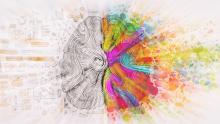
Many policies that aim to build up Europe’s resilience fail to consider the needs and challenges of families. The rEUsilience project saw this as a blind spot, as most people live within a family setting. That’s why the project is designing policies that ensure families have the resources and support they need to actively contribute to the European economy and society.









